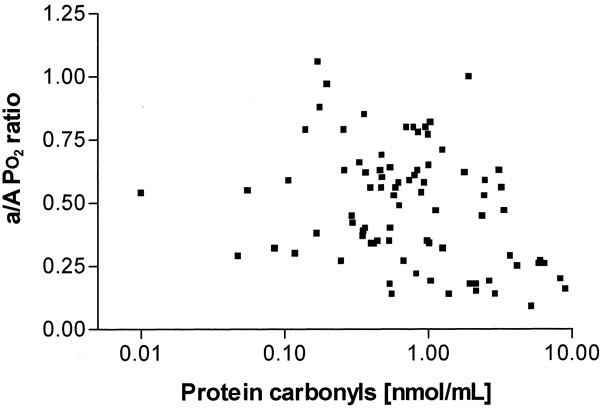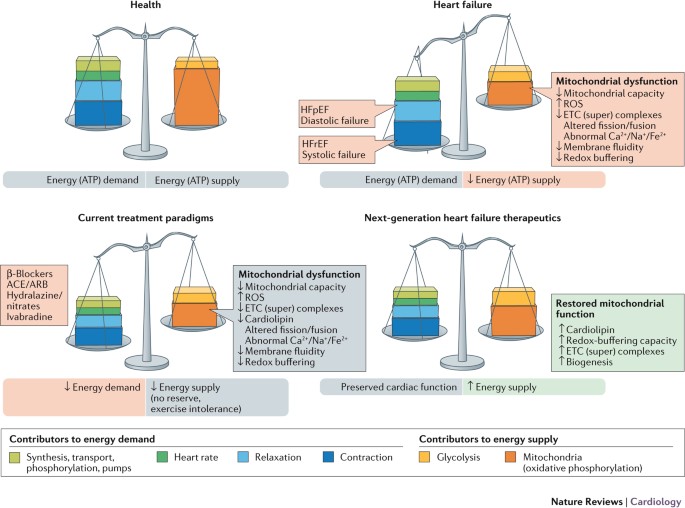
- Select a language for the TTS:
- UK English Female
- UK English Male
- US English Female
- US English Male
- Australian Female
- Australian Male
- Language selected: (auto detect) - EN
Play all audios:
Churning out 22 episodes a season may not appeal to today’s up and coming writers but there’s always been an upside to working on a broadcast TV show, insists uber-producer John Wells: it
helps to create well-trained showrunners. While speaking at the HRTS Presidents Luncheon Tuesday with _Power_ creator Courtney A. Kemp and Netflix‘s Head of Scripted Series Peter
Friedlander, Wells lamented at how quickly many of today’s writers are getting promoted without them spending enough time on set. He remembers how unthinkable it was for a young writer like
himself to pitch a new show unless he spent at least seven years on a broadcast series. “That experience is really important to be able to succeed,” Wells said. “Now very talented people are
being elevated into positions and they haven’t really had the experience to [learn] the managerial side of it. And it’s only been made worse by COVID. Writers were not allowed to go on set.
One thing the industry has to take responsibility in is making sure creators who become showrunners have the opportunity to get experience on shows. We’re the only business I know where we
take someone who hasn’t run something before and say, on a Tuesday, ‘we are gonna give you 30 to 40 million … to hire 150 people over the next two weeks.'” The point was seconded by
Kemp. The creator of Starz’ successful_ Power_ franchise remembers how stressful it was to become a showrunner at age 35 with no training, even though she had worked on shows like _Bernie
Mac_ and _The Good Wife_. But Kemp was only a writer on those series, not _the_ boss. WATCH ON DEADLINE “Being on staff doesn’t teach you how to get someone out of their trailer, or rewrite
something that needs to comes in at 8 days instead of 9,” Kemp said. “People don’t understand that if you never go on set, you won’t learn how to run a show. It’s a totally different skill
set.” Friedlander used his time on the dais to talk about how Netflix “members” — not subscribers — want the streamer to stick with its traditional model of dropping entire seasons at a
time, rather than doing what others now do successfully by releasing one original episode a week. There had been a lot of speculation recently that the streamer may consider adjusting its
series release pattern amid sliding subscriber numbers to reduce churn. And though Netflix is definitely in a cost-cutting mode these days, Friedlander insists they aren’t looking to
arbitrarily slash budgets across the spectrum. “We try to appropriately budget shows,” he said. “We want to be great partners [with the studios] on what is the best way to tell the creative
vision. We want to be responsible. It’s about being good producers and good stewards to productions.” Other highlights from the day’s chats: * Wells shared what it used to cost to produce an
episode of _ER_ in its first season and how, adjusted for inflation, what that would mean today. In 1994, Warner Bros. spent $1.23 million per episode on the NBC medical drama. Today, that
would be close to $2.3 million. And the most expensive season of _ER_ would today cost around $6.5 million per episode, Wells said. * Wells said there was something to learn from those hard
days on set during the pandemic. Though he won’t miss having “something stuck up my nose 3 times a week for 19 months,” he said the sets were far less chaotic and there was “attention to
individual working spaces” for actors. * Kemp has mixed feelings about the current trend of developing IP into TV shows. One the one hand, “you’ve got some plot in front of you. It changes
the level of difficulty.” But then “you have the audience daring you to mess up their favorite piece of IP. I don’t love it. I’m still coming up with new stuff. I know other people are,
too.” * Kemp was loath to weigh in on Jeff Sagansky’s speech at NATPE last week and how he thinks it’s time to change the cost-plus model that’s been adopted by most streamers. Though Wells
believes change has to occur, Kemp said she was uncomfortable addressing whether she deserves more cash. “I feel like I’ve run the biggest scale of my life,” said Kemp, who loves the idea of
making up characters and dialogue for a living. “I’ve personally been too fortunate to bitch.” * Friedlander wouldn’t bite when moderator Mike Schneider asked what was next from the Duffer
Brothers (though he did say _Stranger Things_ is now the third most watched series of all time on the streamer). But he did try to explain why some shows have shorter lifespans on Netflix
than others. “There is no prescribed number of seasons that Netflix wants,” he said. “Our wants are driven by character intent, character journeys. There is no rule book by which we go by.
It comes down to cost versus viewership.” And though Netflix has been making a lot of “noise” lately, Friedlander said he’s “brimming with excitement” over the future of their programming.
HRTS also announced the formation of The HRTS Foundation, a new, stand-alone charitable organization with a mission to launch and nurture careers of TV and entertainment professionals and
creatives from underrepresented groups. Developed by the HRTS Board of Directors, the Foundation expands upon the mission and legacy of the industry’s leading networking, education and
mentorship organization. Netflix, Lionsgate, Universal Studio Group, and Weintraub Tobin are among the inaugural sponsors of The HRTS Foundation.








